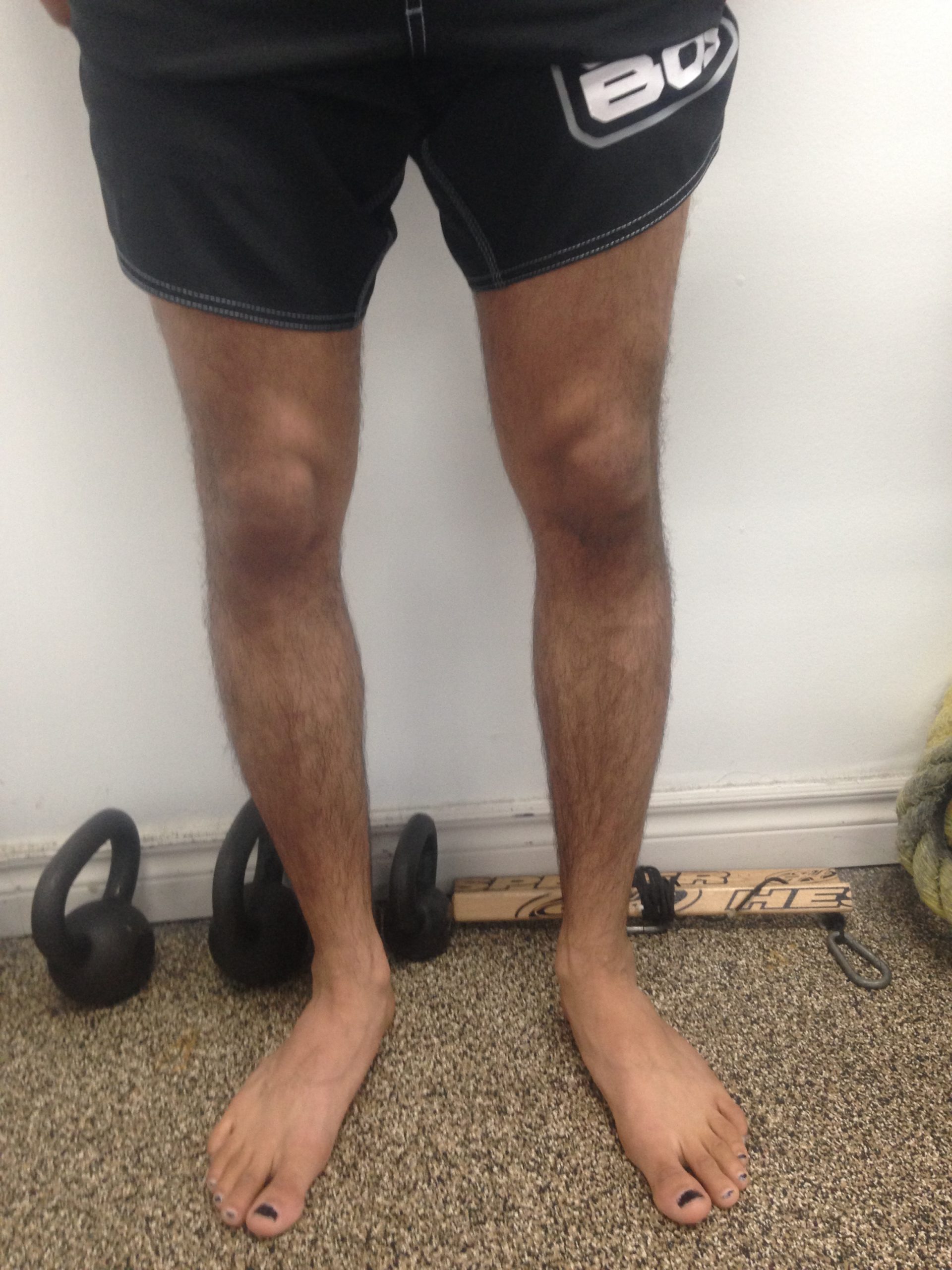Five Revelations Toward a Knee Pain Solution
Knee pain is the achilles heel of many sport, work, exercise and armchair warriors. Typical (and often unsuccessful) treatment consists of the big three: strengthening the vastus medialis, prescribing orthotics and taking anti-inflammatory medications. When they fail, consider the revelations listed below.
- Weak muscles cause most cases of knee pain! Weak muscles require strong muscles to compensate for their lack of function. This extra work causes strong muscles to become tight. Tight muscles can be painful and their tension changes joint alignment. Misaligned knees are prone to ligament and meniscus damage as well as arthritis.If your medial knee pain is being caused by a tight vastus medialis, the solution is to find out which of the remaining three quadriceps heads are weak and strengthen them. The vastus medialis will recover and lengthen once the burden of compensation is removed. Furthermore, strengthening weak muscles counters the pull of strong muscles and alignment improves.
- Your knee pain may be caused by tight hamstrings. Tight hamstrings, wrongfully associated with back pain, are too often overlooked in regards to knee health. An overworked lateral head of the hamstrings (biceps femoris) is often the origin of lateral knee pain. Tight hamstrings also shut down opposing muscles within the quadriceps and hips. This initiates the cascade of issues associated with compensation. Again, strengthening the weak heads (without affecting the strong heads) within the hamstrings group will reduce pain and dysfunction. As an aside, stretching the hamstrings as a group is a waste of time – each head must be isolated. The heads of the hamstring have very distinct functions!
3) Knee pain can originate at the hips. Their distance from the knees often precludes the hips from consideration in issues regarding knee health. However, a tight gluteus minimus or tensor fasciae latae can radiate pain far from their origins – extending all the way down the leg to the knee. Strengthening weak weak synergists as well as corrective loading restores hip balance and alignment. Using the foam roller on the IT band is a (less than) half-assed solution. Strength is the key!
4) The calves are a major key to knee health! Somehow health practitioners have forgotten that gastrocnemius crosses the knee joint. The calves directly affect knee health! Tight gastrocs alter knee alignment and reciprocally shut off heads within the quadriceps muscle group. Try stretching your medial and lateral gastrocs prior to squats or leg extensions and you will notice a significant improvement in strength – this practice alone can eliminate knee pain.
5) The look of your legs lends clues. Postural tendencies such as bow legs or knocked knees are part of the knee health puzzle. From the shape of your legs you can deduce which muscles will be strong and which will be weak. Ligament and meniscus stress is also predictable. Legs that tend to be knock kneed, for example, will feature a weak vastus medialis (a chief “anti-valgus” muscle) and will be prone to ACL and lateral meniscus injury. Postural tendencies are the result of the body balancing itself over its base. Corrective loading, which moves our centre of gravity, is crucial to the management of leg appearance.
The above revelations have their basis in very simple logic. What is obvious is very often overlooked. However, with fundamental knowledge in functional anatomy anyone can start to see the connections. If you want to learn more stay tuned to tarodo.com or connect with me via tarokurita@hotmail.com. Seminars and certifications are coming soon!

Recent Comments